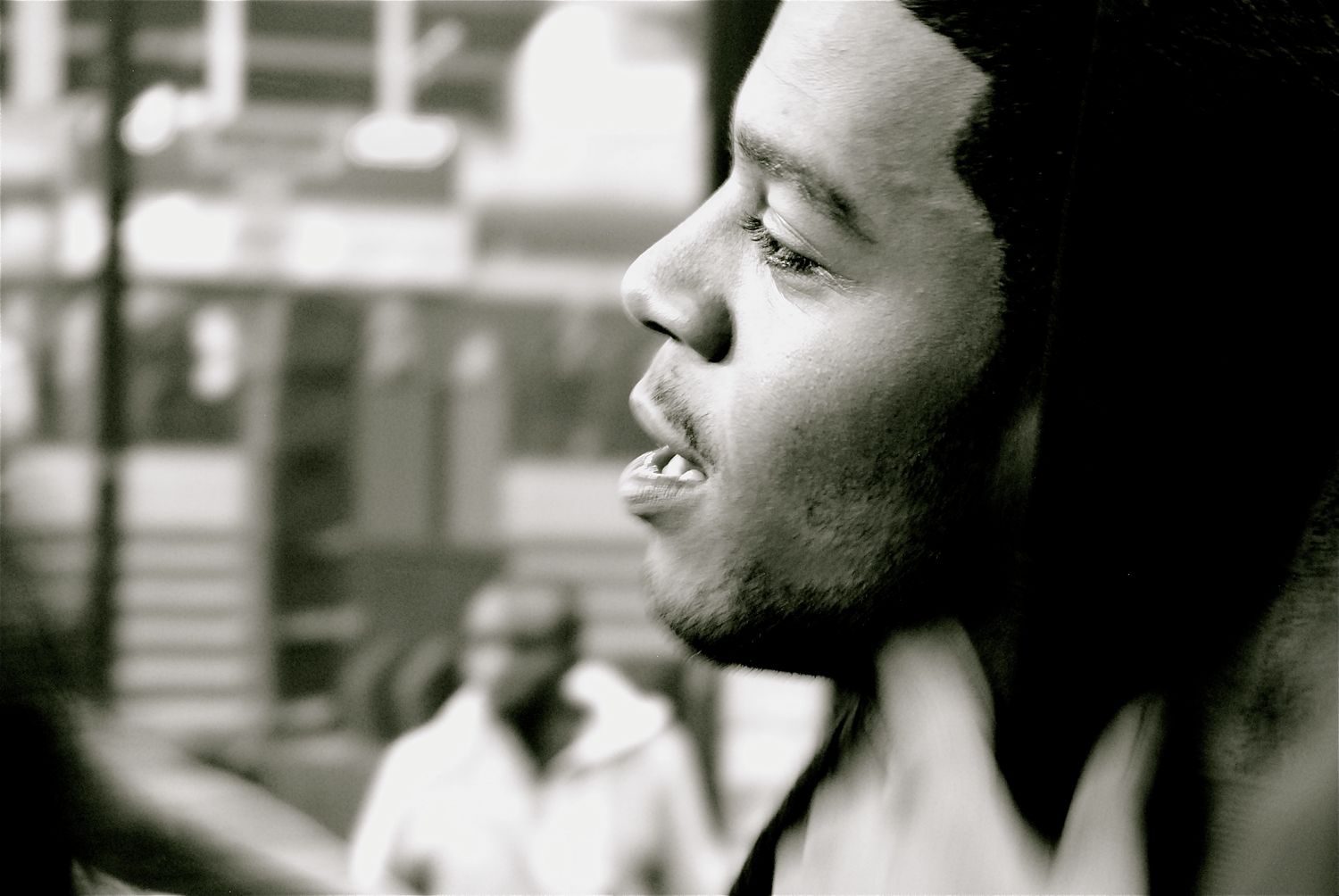
This is the album’s most vivid, trance-like section as the storytelling expands into a sensory dimension. Looking for reliefįrom the sinking lows of Act 2, the third act slips into a deeper psychedelic state where Cudi finds a sort of astral clarity and an escape from his fears and worries. Man on the Moon provides a raw connection between artist and listener, making it feel like a profound emotional release. I feel a deep catharsis in being swept along with Cudi through the highs and lows of his emotions. The soft moments of the album provide the deepest affirmation. “Heart of a Lion” marks a brief reprieve before the sad reflection and doubt floods in on “My World (feat. The short-lived moment of strength here is all too familiar for people with depression and other mental illnesses. On the next track, “Heart of a Lion (Kid Cudi Theme Music),” Cudi returns to fiery, infectious passion to push back against the gloom. The vivid colors and textures of the instrumentation become darker and more muted, but no less intense. These “nightmare” songs also see the production shift as dramatically as his tone and lyrics. In “Solo Dolo (Nightmare),” his confident, expressive voice gives way to the cold, detached voice of his “nightmare” depressive states. Fighting back the darkĪct 2, “Rise of the Night Terrors,” delves into Cudi’s experience with mental illness. Common’s narration hypes him up as an almost mythical hero but here, in the very next song, Cudi sits you down and offers to share a piece of himself with you. I bring them to the light for you, it’s only right” “I’ve got some issues that nobody can seeĪnd all of these emotions are pouring out of me Then, in the haze of the chorus, he croons:

In “Soundtrack 2 My Life,” the centerpiece to the first act, Cudi describes feeling the seeds of his depression as a kid.

Here, we’re also introduced to our narrator, Common, whose cinematic voiceovers transition between acts and tie the album together. Sharing his journeyĪct 1, titled “The End of Day,” introduces us to Cudi and his state of mind. The album’s five-act structure (denoted by the CD’s liner notes) guides listeners through the album, which Cudi calls the “soundtrack to his life” on the similarly titled song. Storytelling sits at the core of this album. He writes a vulnerable and honest self-portrait without puffing his chest or couching emotion in glamour.

Here, Cudi bares his soul as only he can. In that sense, he’s become a sort of leader in the hip-hop community for his openness and willingness to broach topics often treated as taboo in hip-hop. In the ten years since Man on the Moon, Cudi has become an outspoken voice of mental illness and drug abuse.


 0 kommentar(er)
0 kommentar(er)
